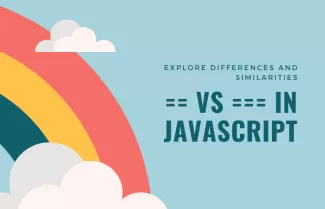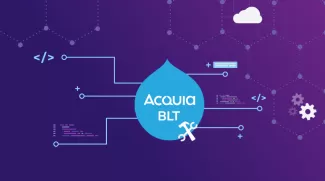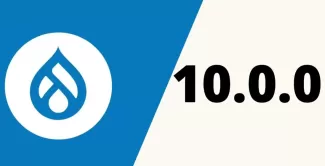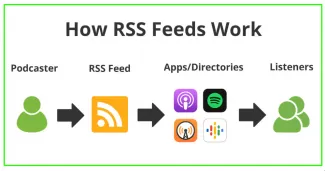In many programming languages, == and === are used to compare values to determine whether they are equal. The difference between == and === depends on the programming language, but in general, == is used for equality comparison that performs type coercion, while === is used for strict equality comparison that does not perform type coercion.
Blog
Drupal 10 is the latest version of the Drupal content management system and brings a lot of new features and improvements over Drupal 8. One of the key aspects of Drupal 9 is its use of services, which are reusable objects that perform specific tasks within your site. In this blog post, we will discuss what services are in Drupal 9 and provide some examples of how you can use them in your own projects.
What are Services in Drupal 10 ?
Drupal 10 Entity Queries: An Introduction with an Example
Drupal is a powerful content management system that allows developers to build and manage complex websites with ease. One of the key features of Drupal is its ability to store and manage entities, such as nodes, users, and taxonomy terms. To retrieve these entities from the database, Drupal provides the Entity Query API, which makes it easy to retrieve entities based on various conditions.
What are Entity Queries in Drupal 10?
Acquia BLT (Build and Launch Toolkit) is a project-level toolkit and configuration framework for building and managing Drupal sites on the Acquia Cloud platform. It provides a set of commands, tools, and best practices for building, testing, and deploying Drupal sites in a standardized way.
In Drupal 9 & 10, the best way to make sure that Kint and Devel local debugging modules don't get pushed into other environments is to use the following steps:
Artificial intelligence (AI) has become a powerful tool for businesses to improve customer engagement and drive growth. One of the most popular applications of AI is in building websites that can understand and respond to user needs in a more human-like way. In this blog post, we'll take a closer look at some of the technologies that are used behind AI-powered websites, and how they work.
Here is an example of a PHP program that will find all the years between 2014 and 2050 in which January 1st is a Sunday:
Chat GPT Prompts
Here are a few tips on how to increase your followers on Twitter:
RSS (Really Simple Syndication) feeds are a way for websites and blogs to distribute their content to a wide audience in a standardized format. An RSS feed is essentially an XML file containing a summary of a website's latest content, including headlines, descriptions, and links to full articles or posts. By subscribing to an RSS feed, users can stay up-to-date with the latest content from a website without having to visit it directly.










